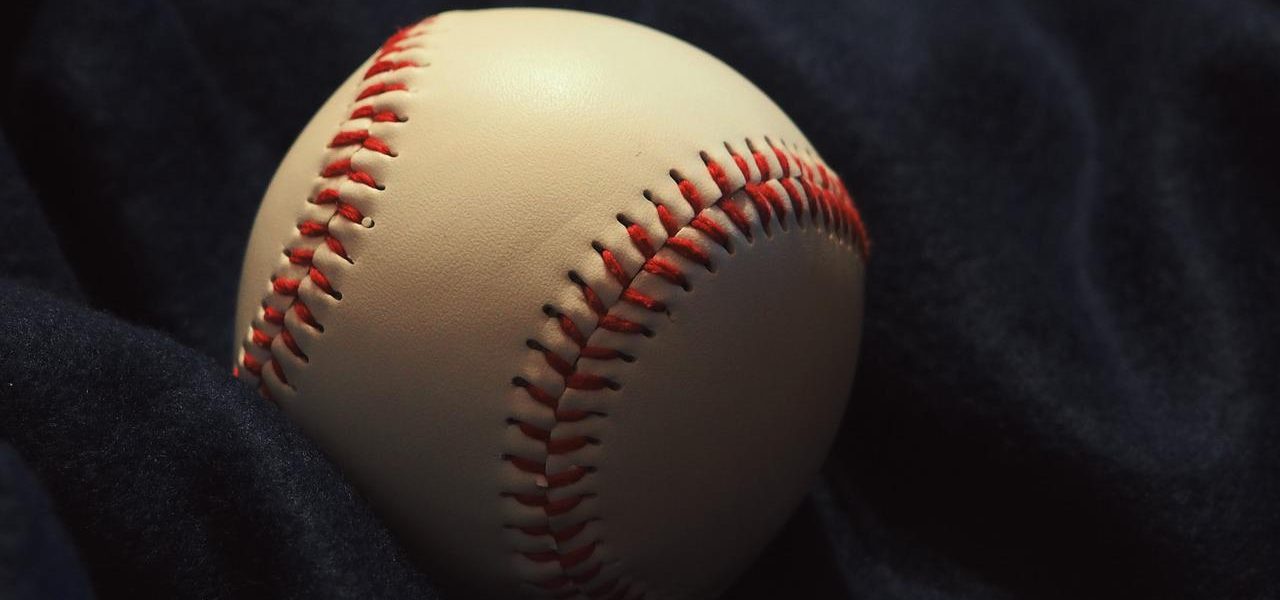If you’re not familiar with the sport of baseball, but you’ve always wanted to watch a game and know what’s going on, then use this article as your formal introduction to the sport. We will discuss the main rules of baseball, so you can tune in for the next big game and enjoy yourself.
Players
Each time has nine active players, each taking on a different role. While in defence (when the other team is batting), the players are: pitcher, catcher, first baseman, second baseman, shortstop, third baseman, right fielder, center fielder, and left fielder.
When in offence, the nine players take turns batting. Until some time ago, pitchers had to bat as well, but now there are designated hitters when the pitcher’s turn comes up.
The active roster for each team is limited to 26 people, and a team can only carry 13 pitchers. The expanded roster is 40 players. As opposed to other sports, a baseball manager doesn’t have a limit as to how many substitutions they can make in a game, but of course, they only have 26 players, so there is still a constraint.
The Field
The baseball field is divided into two sections: infield and outfield. The infield is in the shape of a diamond, with each side being exactly 90 feet. Home base, first base, second base, and third base are the pockets on each corner of the infield. The infield players are the pitcher, batter, catcher, first baseman, second baseman, shortstop, and third baseman.
The outfield is the remaining part of the field, bordering the fences. The outfielders (players in the outfield) are the right fielder, center fielder, and left fielder. There might be a precise size of the infield (90x90x90x90 feet), but there is none for the outfield.
Sure, there are some limits; the minimum length of the whole field has to be at least 400 feet (centerfield fence), while the minimum length of the left and right field fence has to be between 320 and 350 feet.
The size greatly impacts the game, and teams are free to choose the size of their field. The Colorado Rockies stadium, for example, favours doubles and triples over homeruns with its enormous size. On the opposite end, the Cincinnati Reds with their field dimensions of 328′, 379′, 404′, 370′, 325′ present the least challenge to score home runs.
The Game
The game begins with the first inning; an inning is “a division of a baseball game consisting of a turn at bat for each team”, which ends when each team has three outs while batting. The team to bat first is the visiting team, so the home team (whose stadium the game is played on) starts the game playing in defence.
Each inning has a top and bottom; the away team bats at the top (the first half of the inning), while the home team bats at the bottom (the second half of the inning). The game usually ends in the ninth inning, and if the home team is ahead after the top of the ninth, they don’t bat at the bottom as there’s no point.
If there is however a tie that hasn’t been resolved by the end of the ninth inning, the game goes on; the longest game, by innings, in MLB history went on for 26 innings.
The game starts when the pitcher delivers his first pitch. The pitcher and catcher are from the same team, so they don’t want the batter to strike the ball. The batter is allowed three strikes until he’s out.
The pitcher has to throw the ball in the strike zone – “the area over home plate from the midpoint between a batter’s shoulders and the top of the uniform pants” as per MLB’s glossary. Nowadays, MLB games display this box to allow viewers to see it.
The pitcher can get a strike if he throws at this zone. The umpire would then call it a strike (in the box) or a ball (outside the box). The batter wants the latter as four balls automatically allow him to proceed to first base. If the batter, however, swings even if the pitch is outside the box, the umpire calls a strike.
The goal of the game is to hit runs and thus score points. You do that by hitting the ball and then running to each base until you reach the home base. A run entails touching all bases without being tagged by the opposing team.
An opposing player holding the ball can strike you out if he touches you with the ball or in the case of a force out (when there’s already a batter from your team on base and they have to run to next base), the opposing player simply has to stand on base with the ball.
An opposing player can strike out more than one player (the one who batted and those on bases), that’s known as double and triple play. Here are some recent triple plays:
If you score a home run, meaning that the ball had left the field, you simply walk to home base as you can’t be struck out by any of the opposing players. A run equals one point.
The best-case scenario for a batter would be hitting a home run while the bases are loaded (all three bases have a player from his team). This is called a grand slam and it carries four points as four players reach the home plate. Here’s an awesome grand slam:
